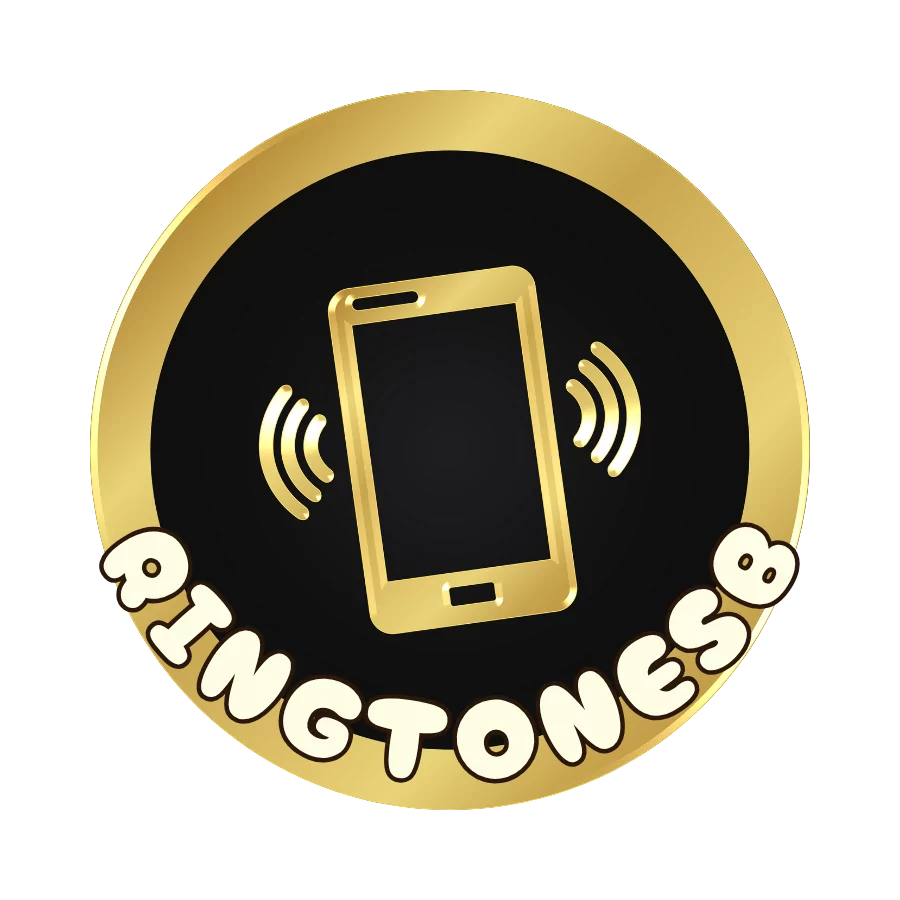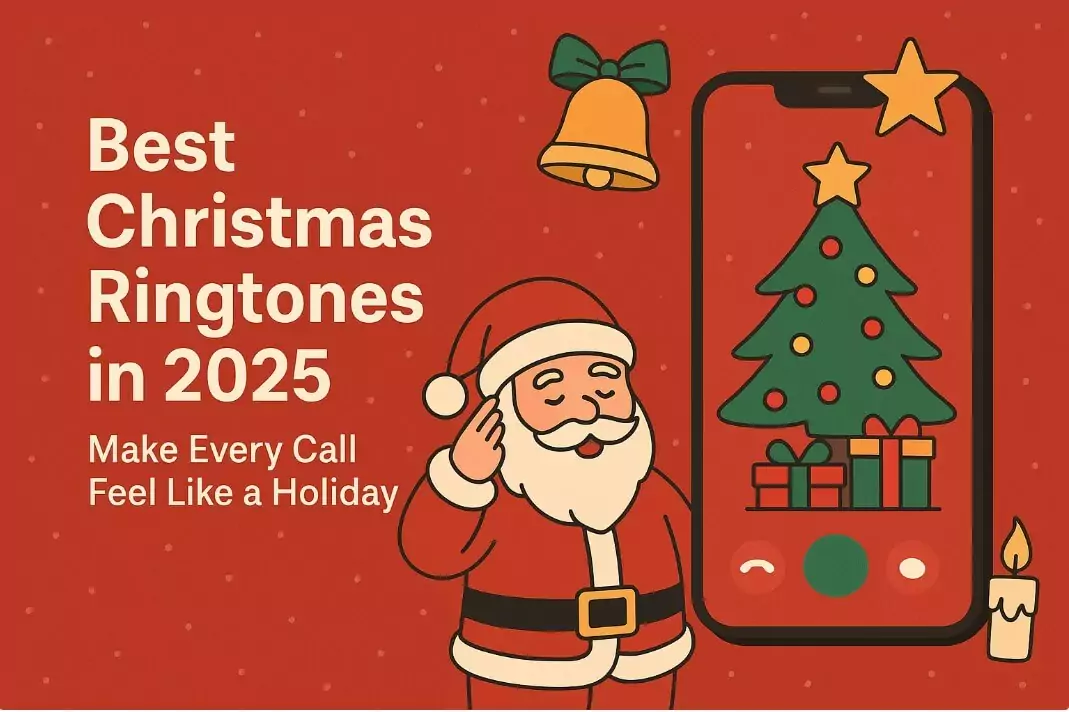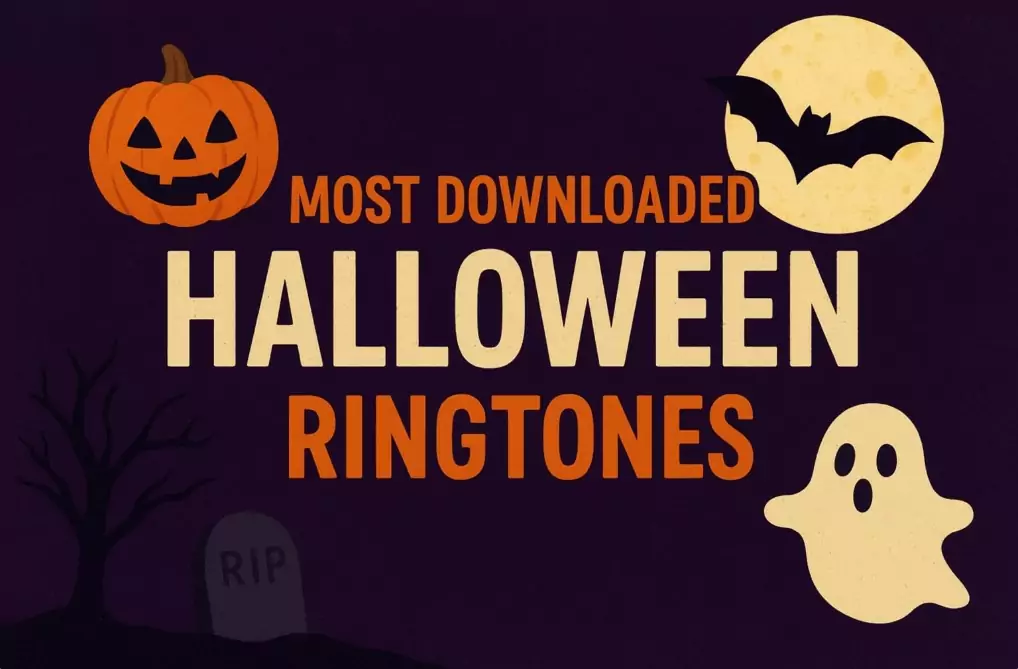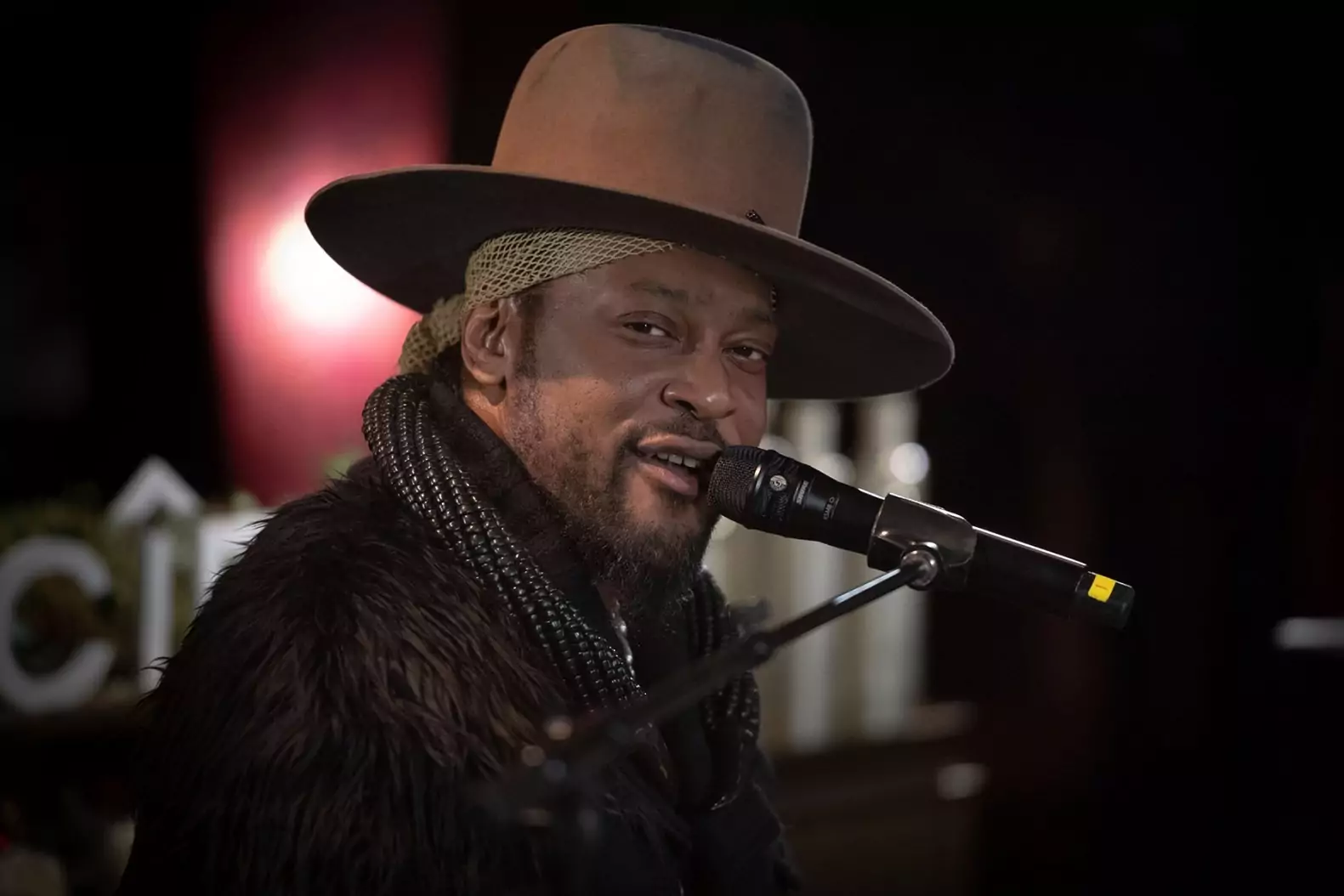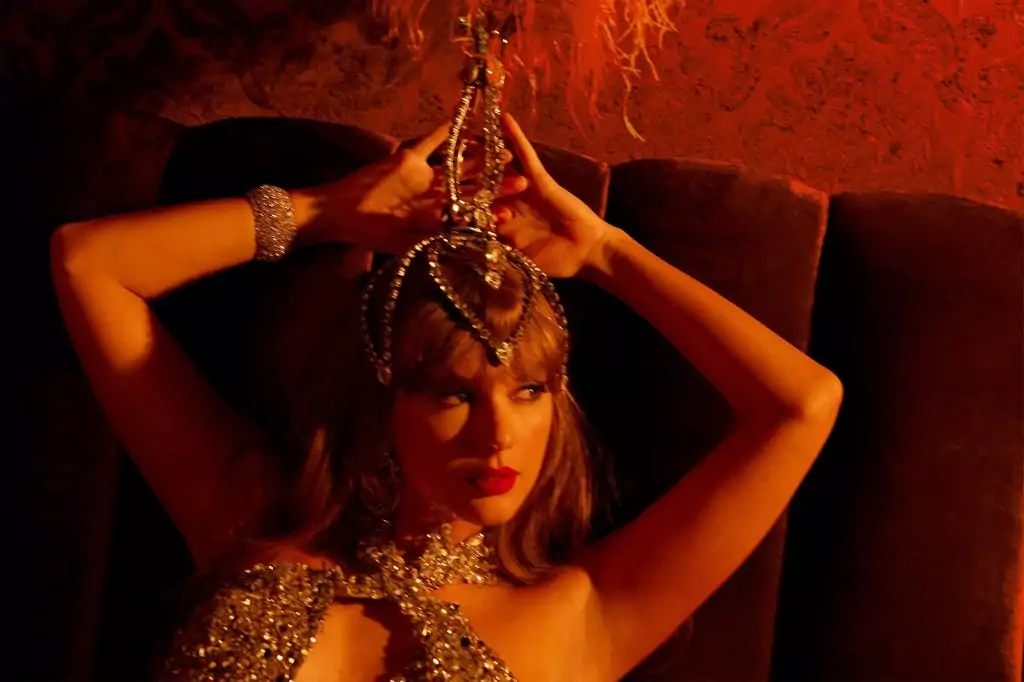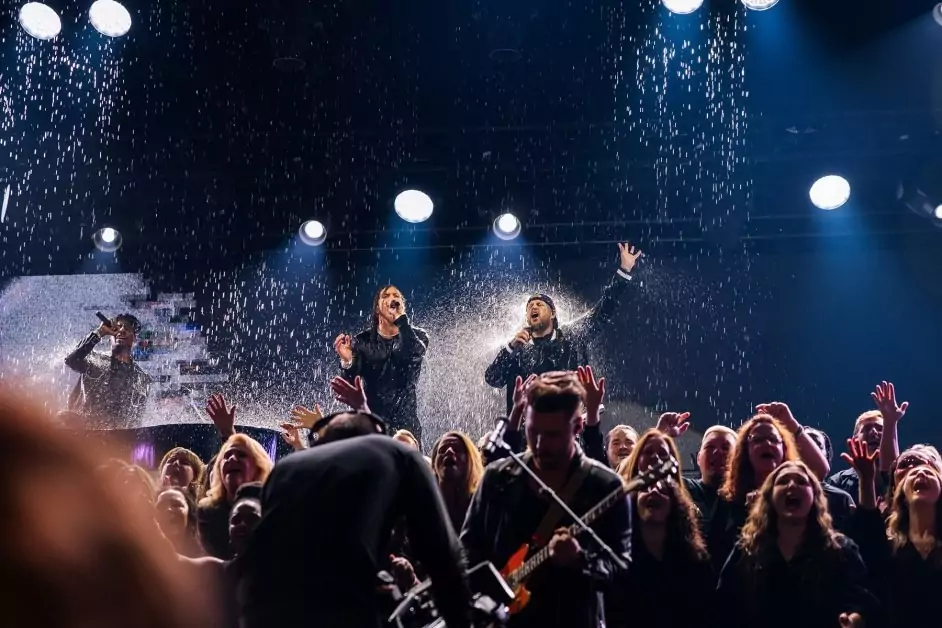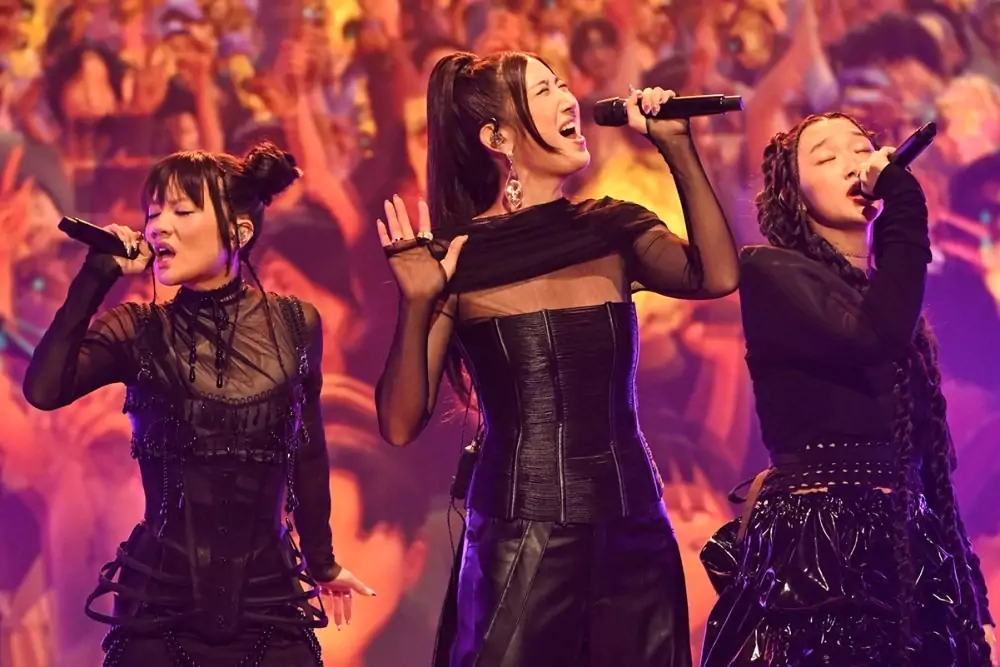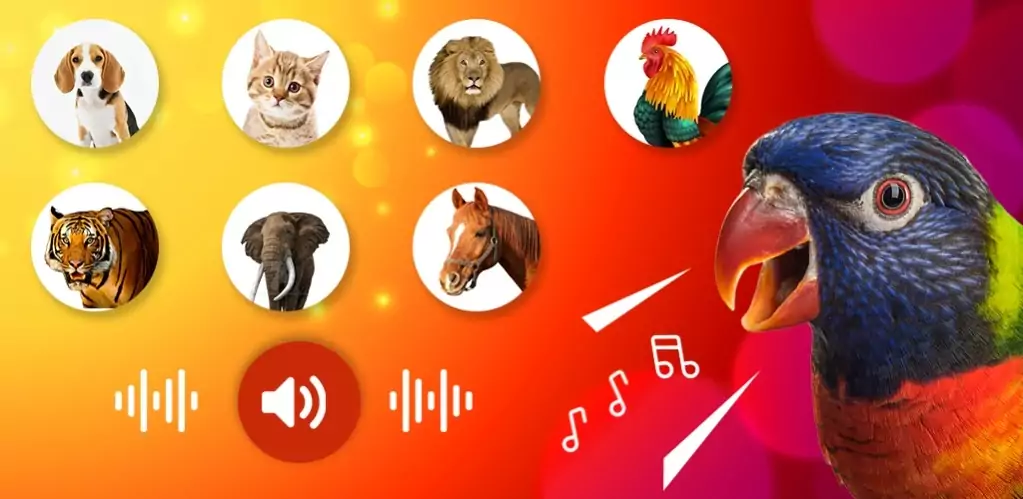Ringtones have always been more than just a sound to notify us of a call — they are a form of personal expression. In the United States, ringtone trends reveal not only musical taste but also social identity, cultural shifts, and even psychological preferences. Let’s dive deeper into why people choose certain ringtones and what it says about them.
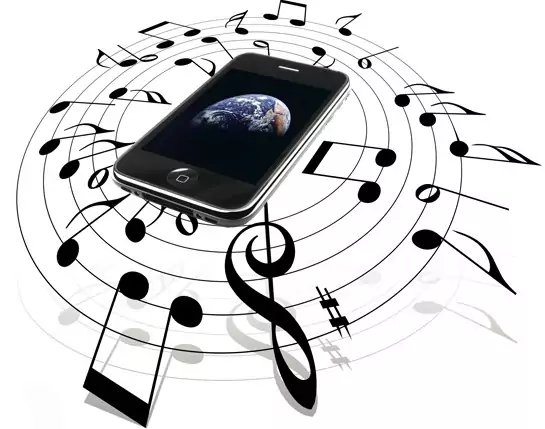
1. Ringtones as Identity Markers
In the U.S., a ringtone can be a statement about who you are. A fan of classic rock might proudly set Led Zeppelin or The Rolling Stones as their tone, while a younger audience leans toward hip-hop or K-pop tracks. This mirrors how people use fashion, tattoos, or car stickers to show identity.

2. The Nostalgia Effect
Many Americans set ringtones that remind them of childhood or their early cellphone days. Nokia’s default tone or early 2000s pop hits like Britney Spears’ “…Baby One More Time” are popular choices because they trigger comfort and nostalgia. This trend resurged especially during the pandemic when people sought familiar, comforting experiences.
3. Psychology of Sound and Mood
Different ringtone categories align with emotions:
-
Funny ringtones – for those who want to lighten up stressful daily routines.
-
Calm tones or instrumental ringtones – often chosen by professionals who want to avoid anxiety from loud alerts.
-
Custom voice ringtones – increasingly popular for families (kids recording “Dad, pick up the phone!”).
4. Cultural Trends Shaping Ringtones

-
TikTok hits: Viral sound bites quickly turn into ringtones in the U.S.
-
Movie & TV series themes: From Stranger Things to Star Wars, fandom culture strongly influences downloads.
-
Holiday-specific ringtones: Americans love seasonal customization — Halloween screams, Christmas carols, even 4th of July patriotic tunes.
5. Future of Ringtones in America
With AI-generated music and personalized sound design, the next wave of ringtones will likely be unique, adaptive, and mood-based. Imagine your phone ringing with a tune that changes based on your heart rate or time of day.
